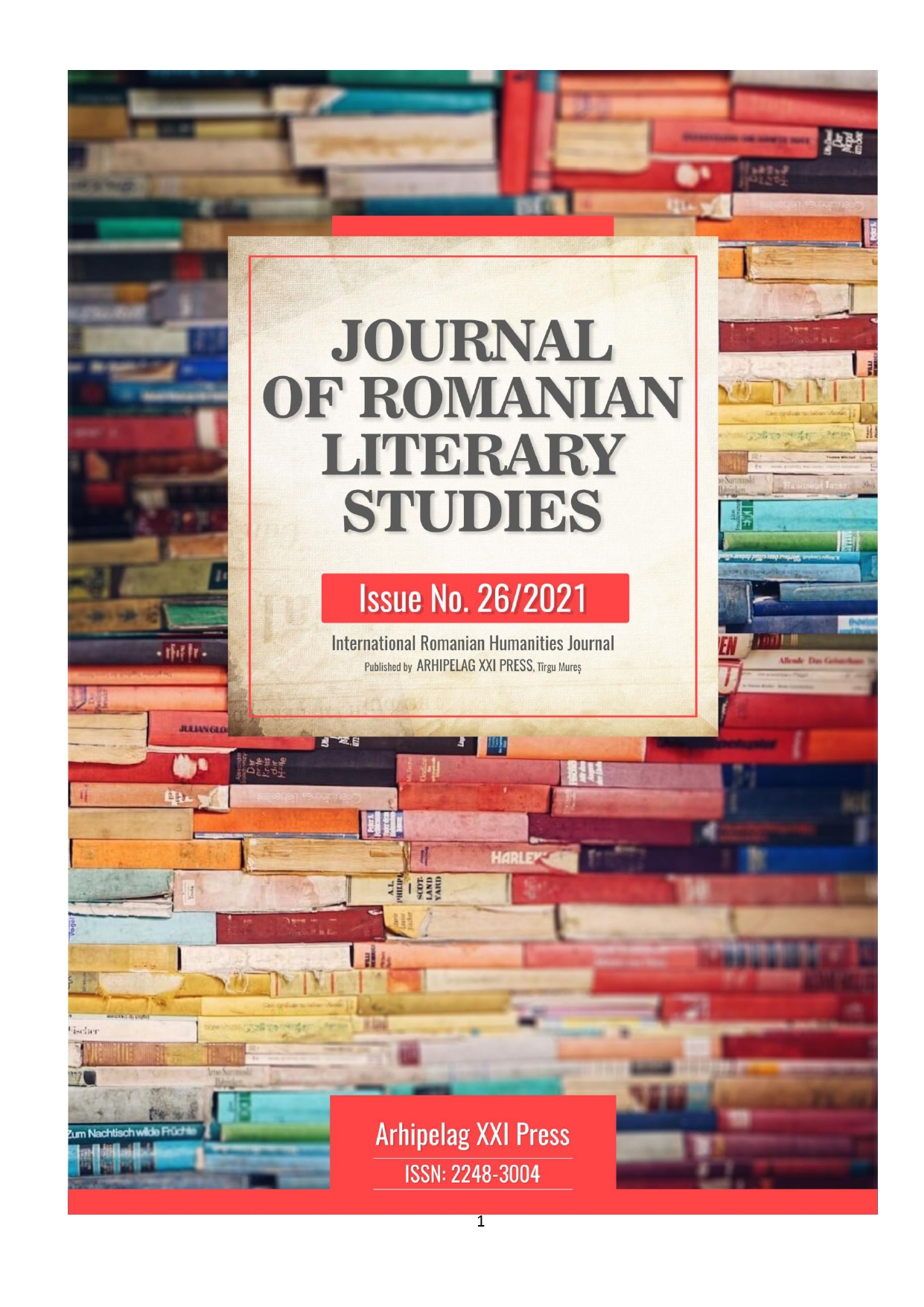NESTING IDENTITIES: THE MATRYOSHKA MOTIF IN FLANN O’BRIEN’S THE THIRD POLICEMAN
NESTING IDENTITIES: THE MATRYOSHKA MOTIF IN FLANN O’BRIEN’S THE THIRD POLICEMAN
Author(s): Corina MITRULESCUSubject(s): Studies of Literature, Novel, Philology, Theory of Literature
Published by: Editura Arhipelag XXI
Keywords: Flann O’Brien; postmodernism; Matryoshka; nested identities; multiple identities; loss of identity;
Summary/Abstract: Any discussion about Postmodernism entails an understanding of Modernism; the latter was influenced by the rapid urbanisation and industrialisation, by the ravages produced by the First World War, and the scientific and psychological discoveries that led to a better understanding of human individuality and subjectivity. In contrast to Modernism, Postmodernism advocated for the idea of multiple individualities, the lack of a stable reality, and, therefore, for the existence of infinite realities, which could be multiplied according to each individual’s subjective experiences. Or, as Edna O’Brien pointed out in her short story The Doll, “each person is to us a sum of many others and the effect is of opening box after box in which the original is forever hidden”. Flann O’Brien’s The Third Policeman represents a witty satire of modern science, which attempts to infiltrate every aspect of human existence, down to the level of the subatomic world, invisible to the naked eye. This essay will examine how the Matryoshka or the Russian nesting dolls - a recurrent motif in O’Brien’s novel- becomes a metaphor for the loss of one’s identity, as a result of dividing the unitary, solid self into multiple, fluid, unstable ones.
Journal: Journal of Romanian Literary Studies
- Issue Year: 2021
- Issue No: 26
- Page Range: 427-437
- Page Count: 11
- Language: English

